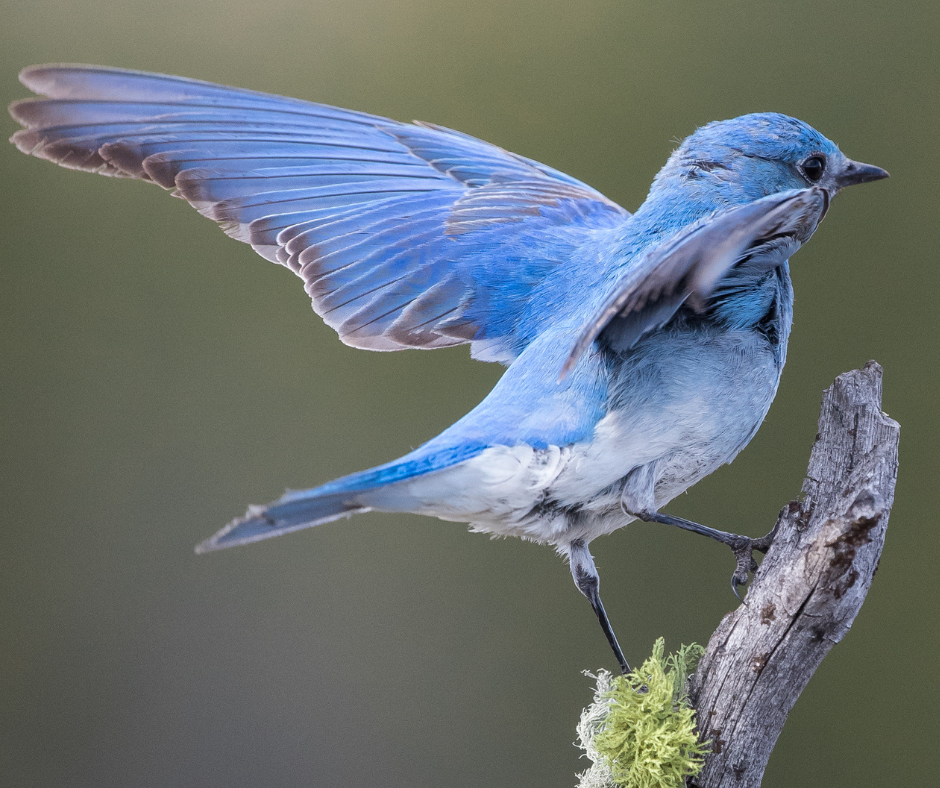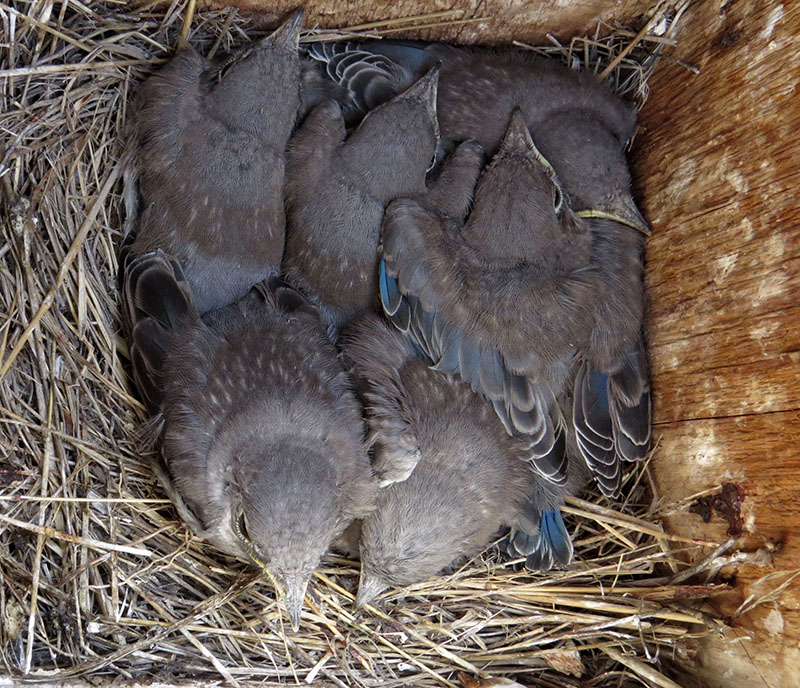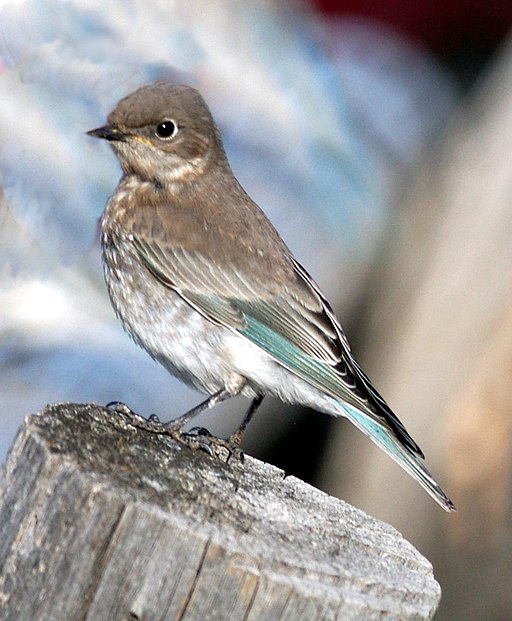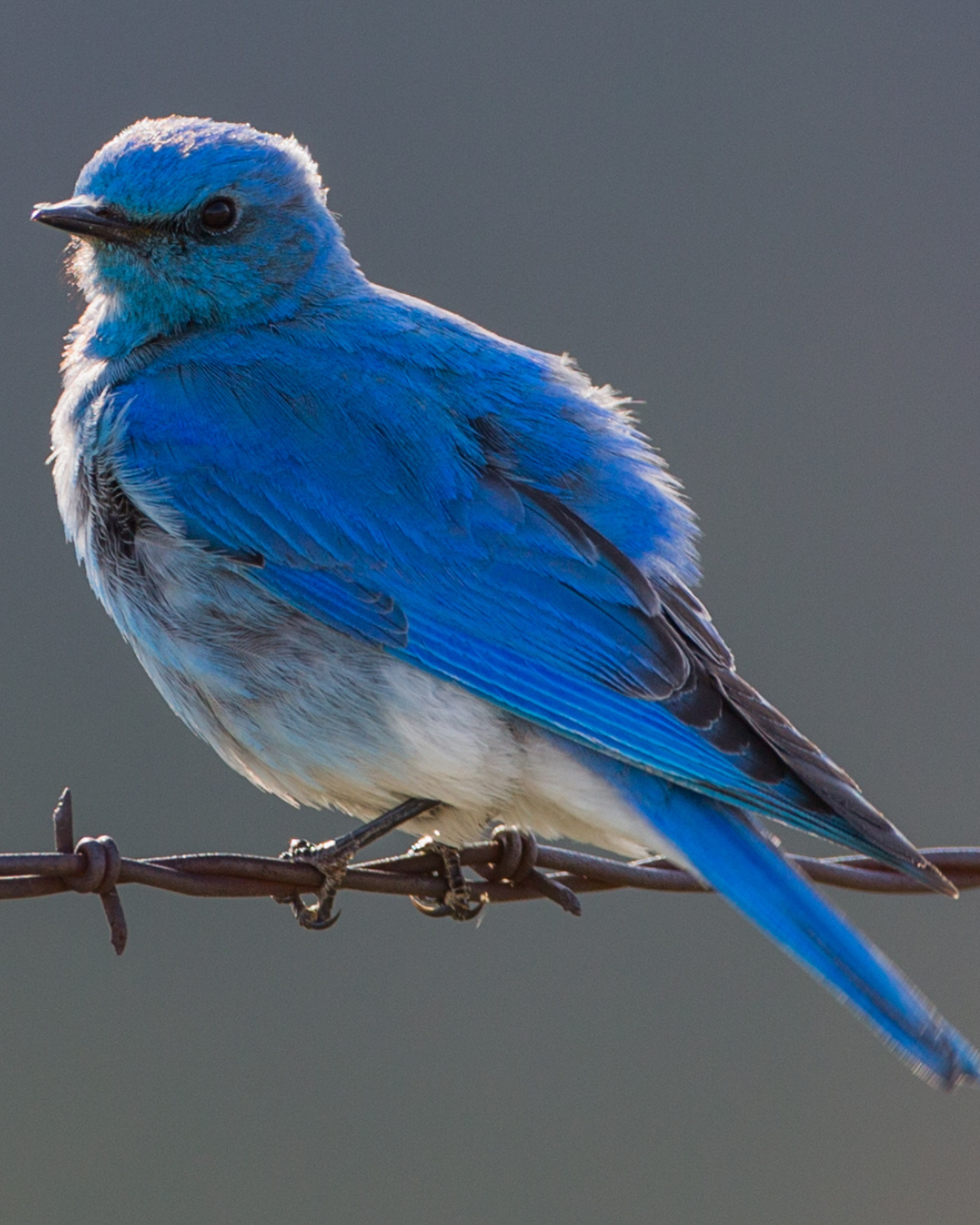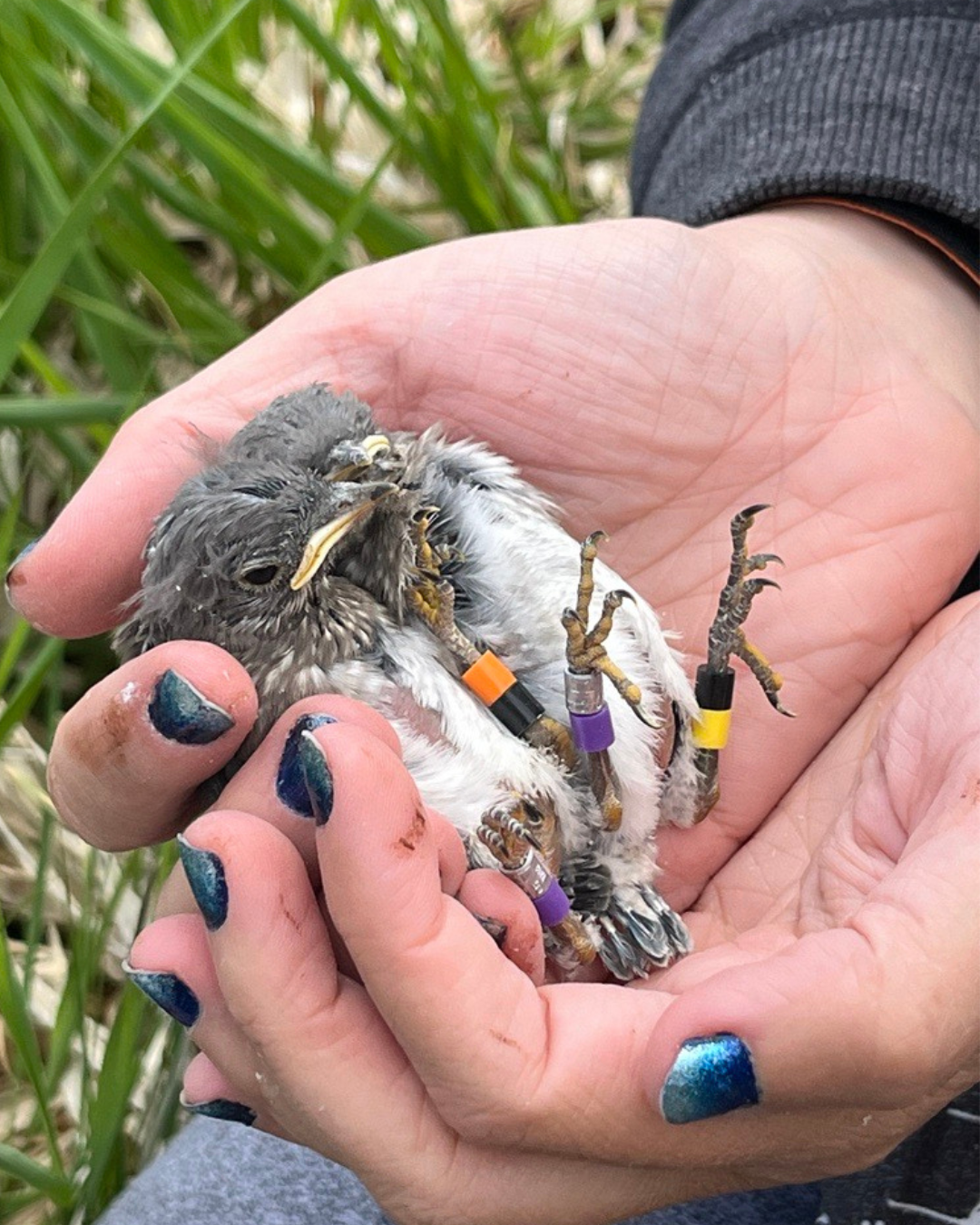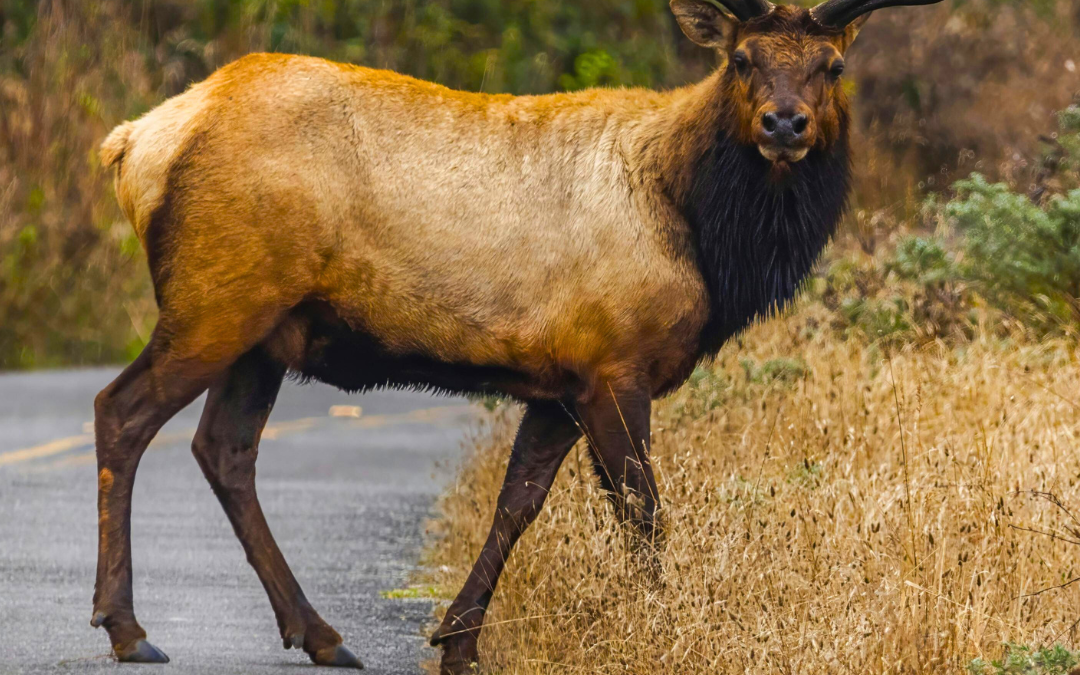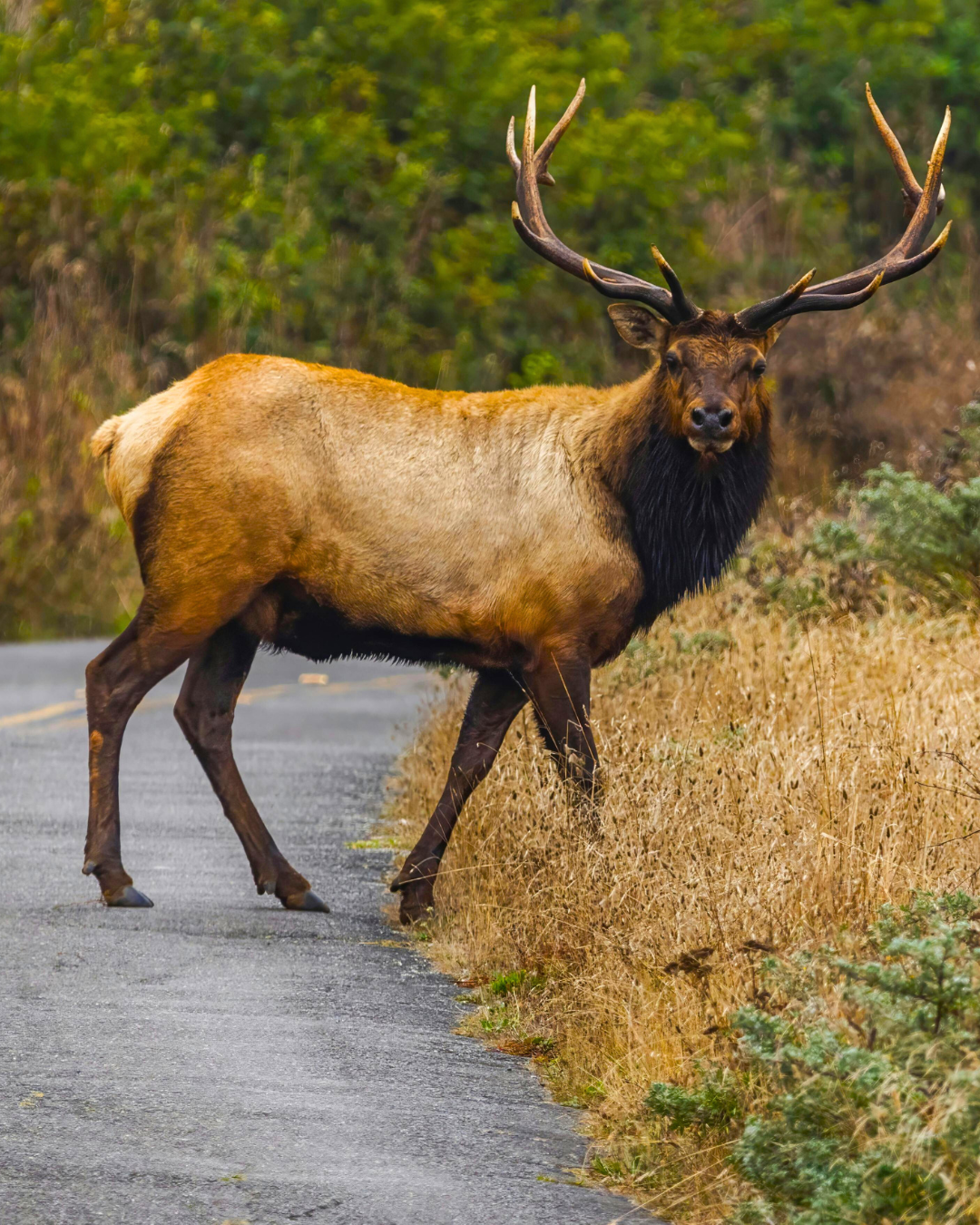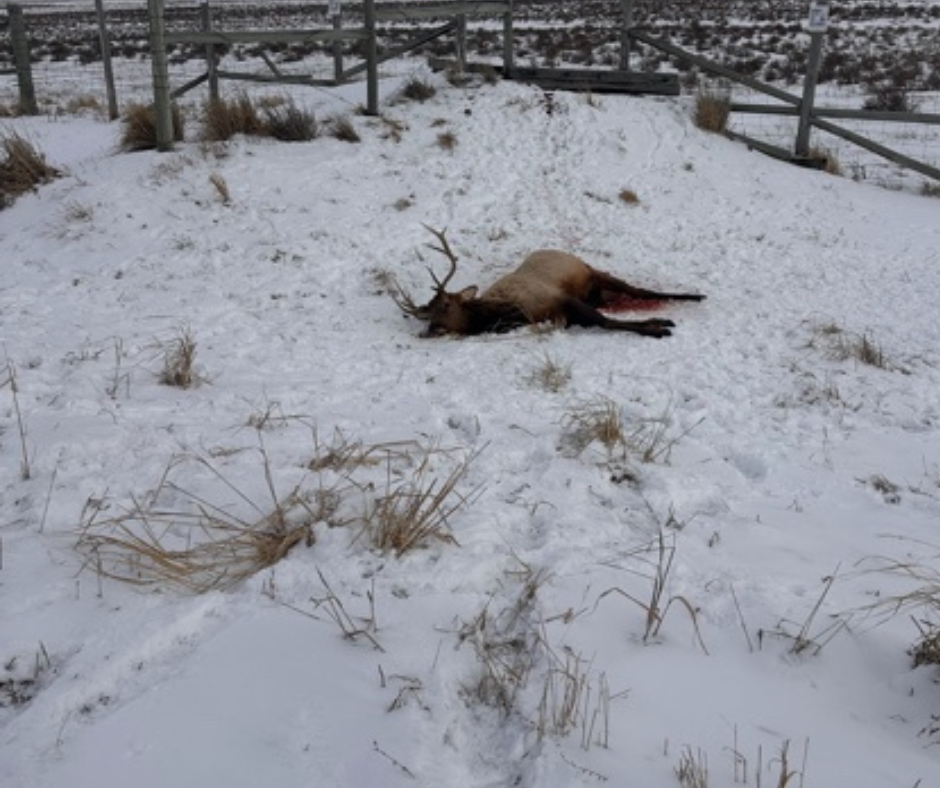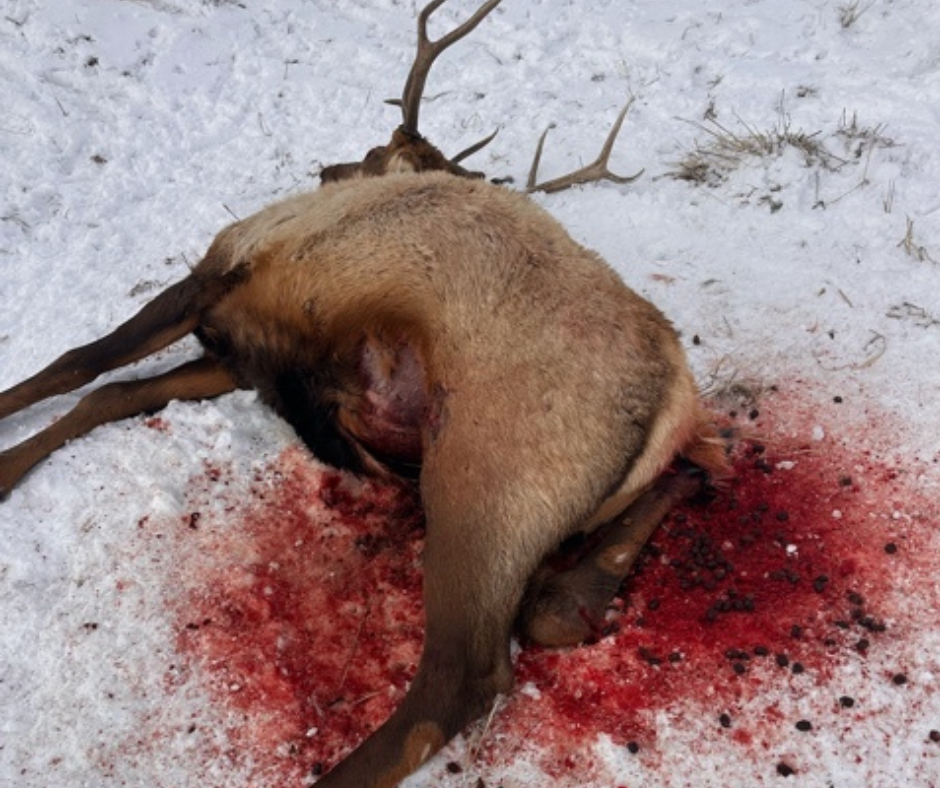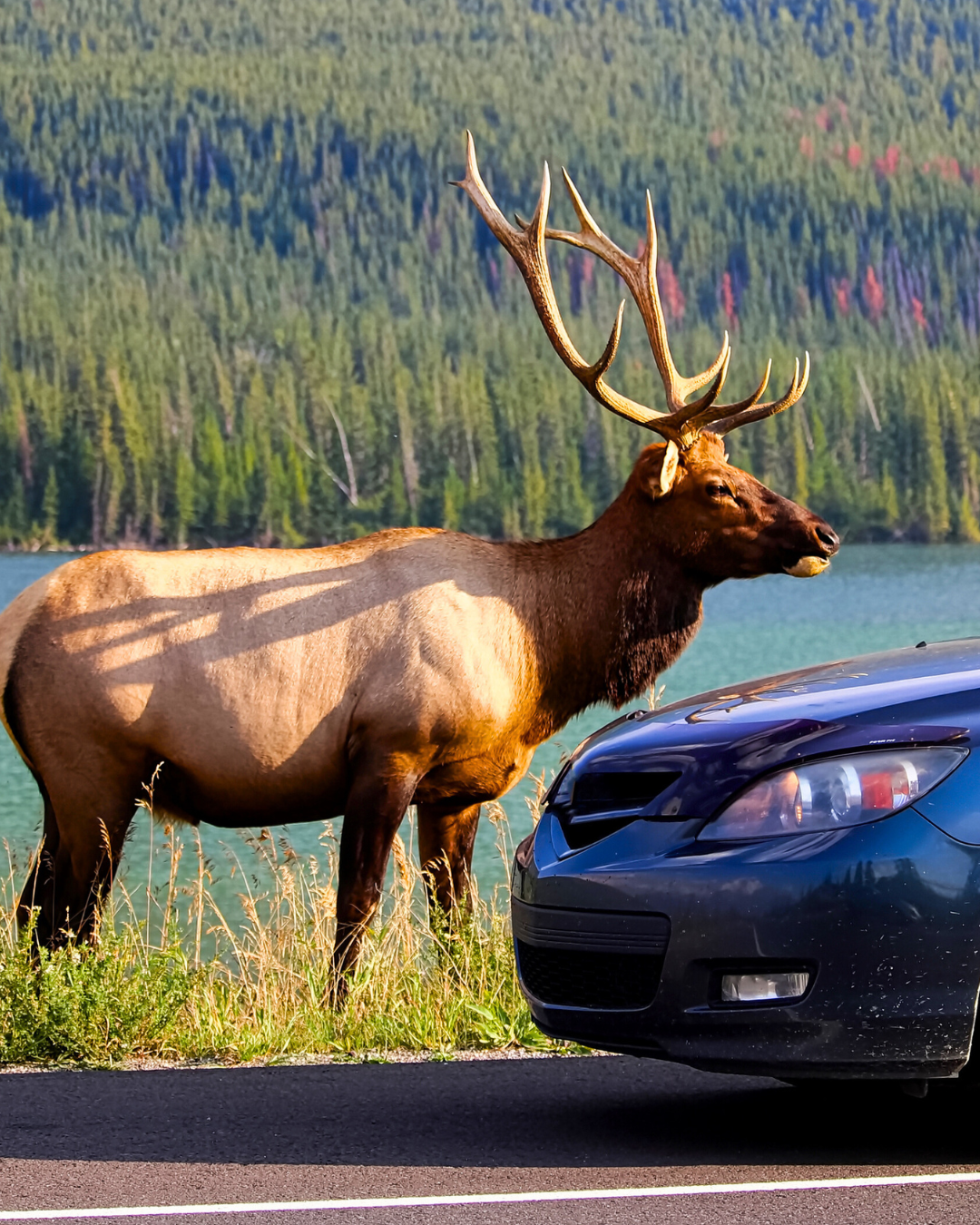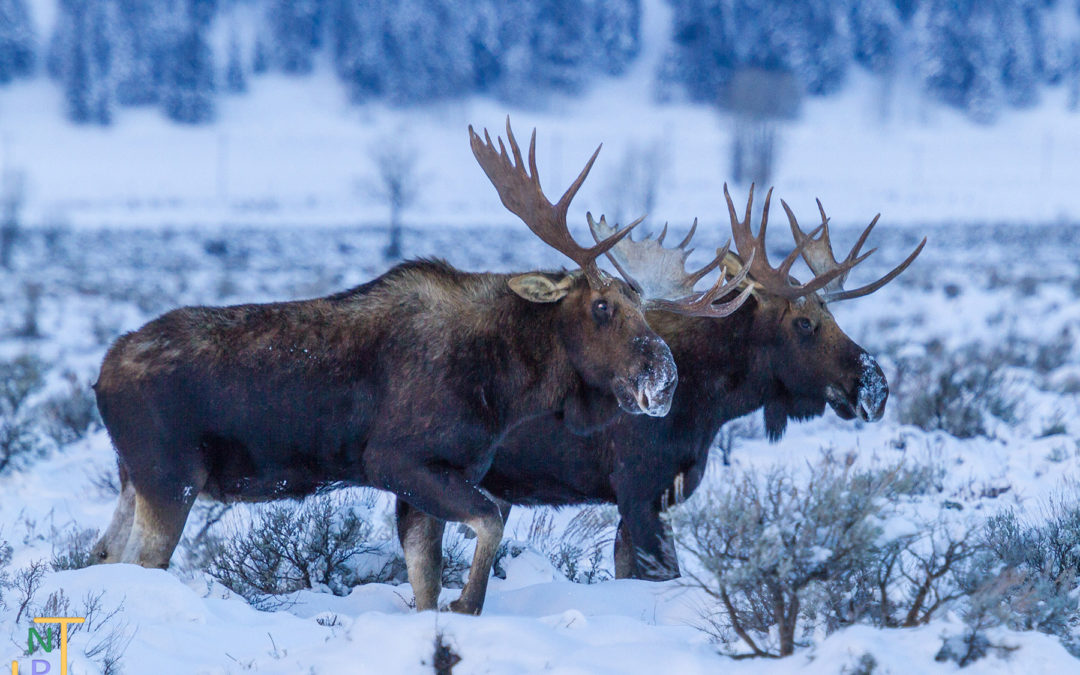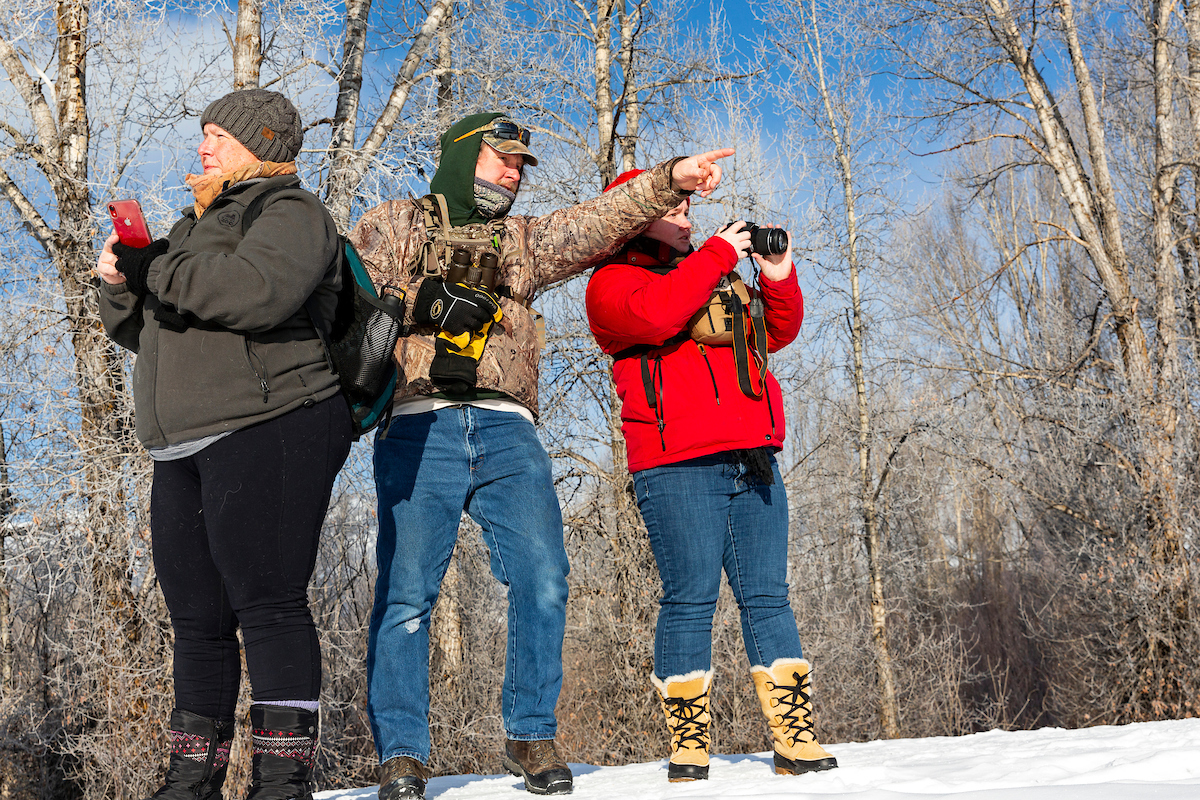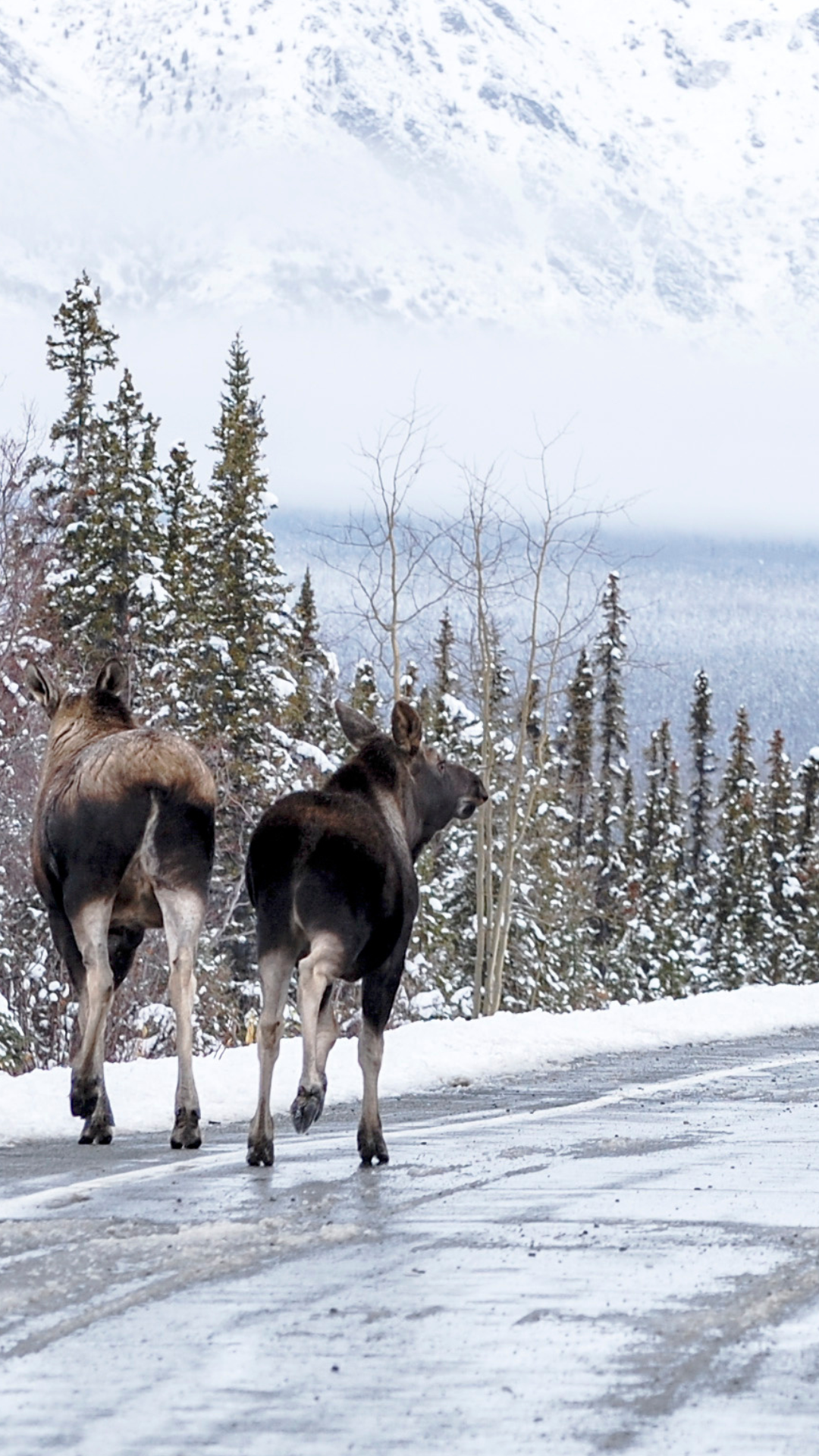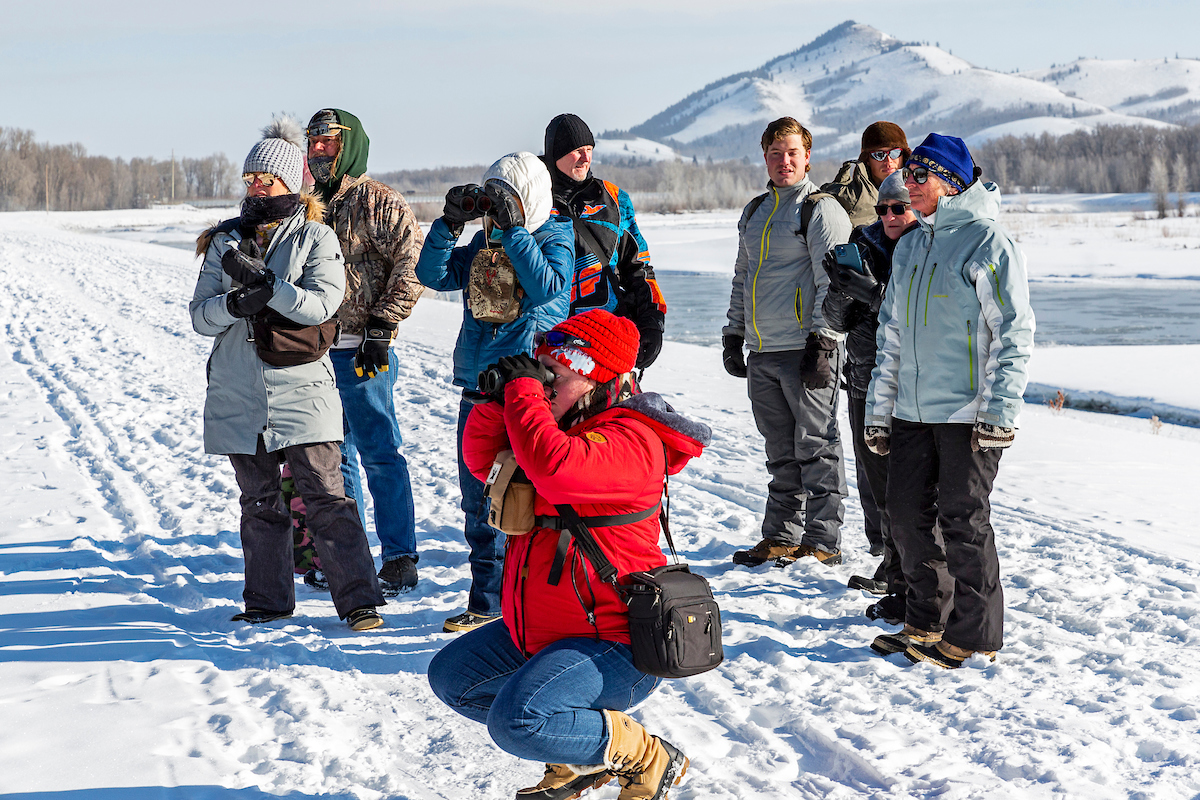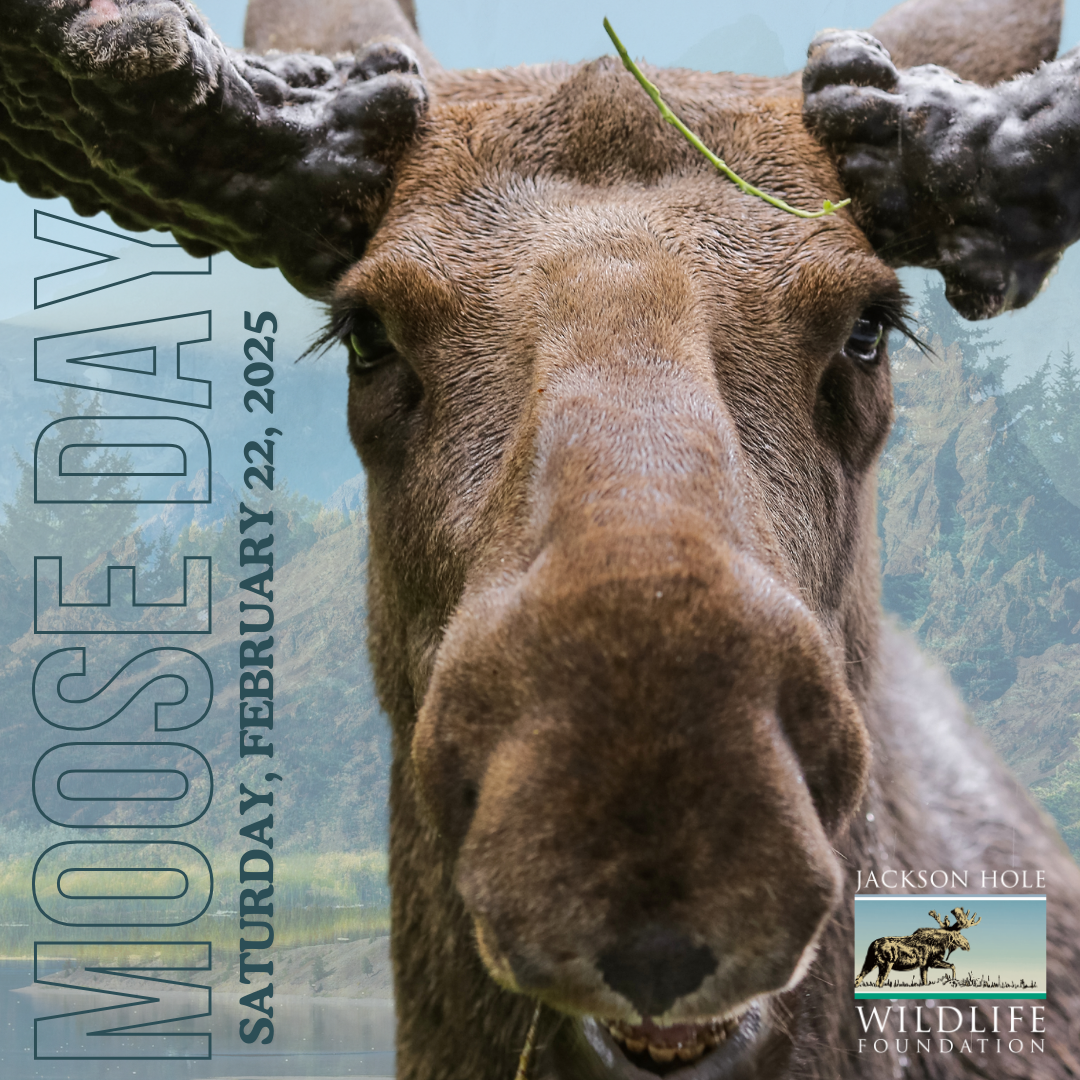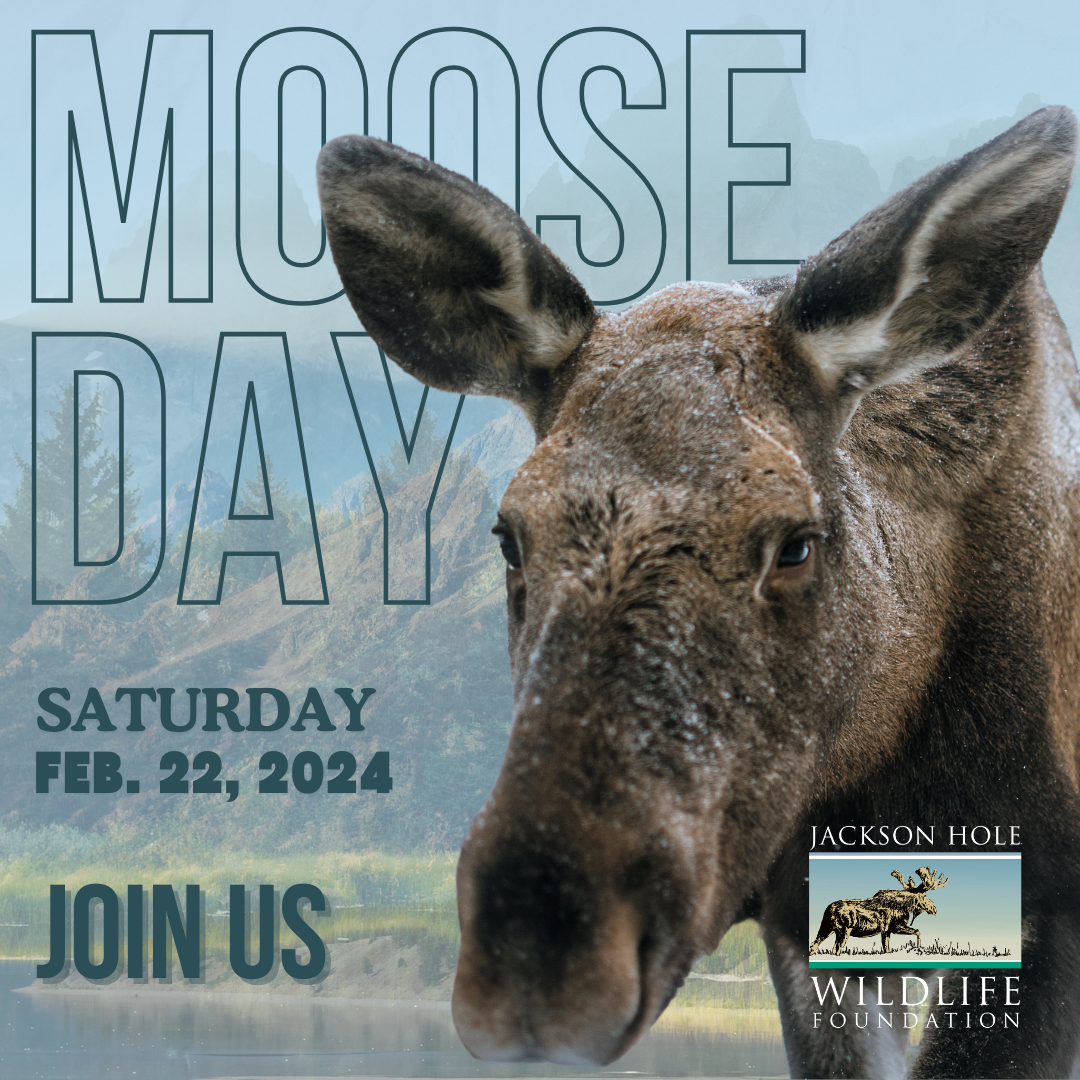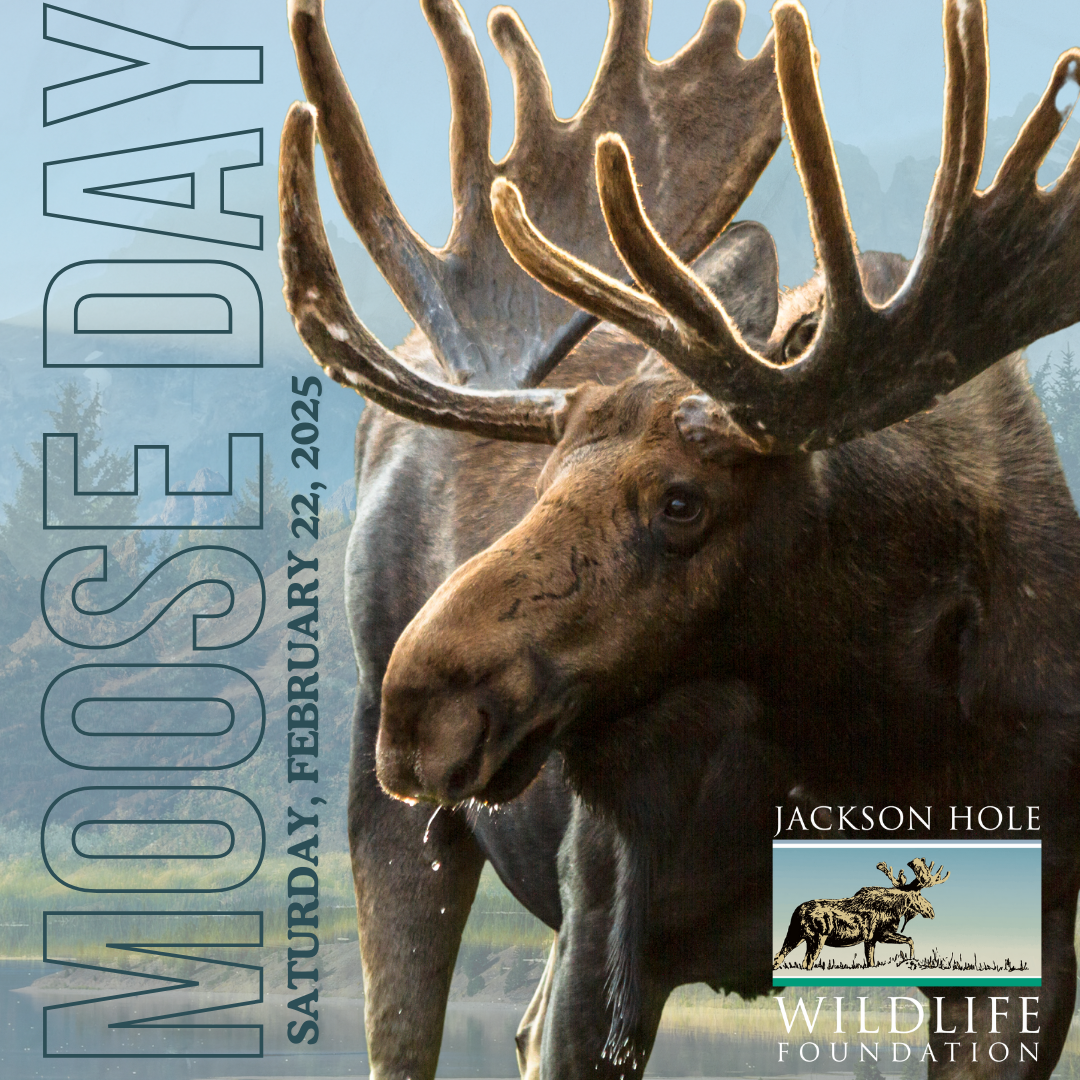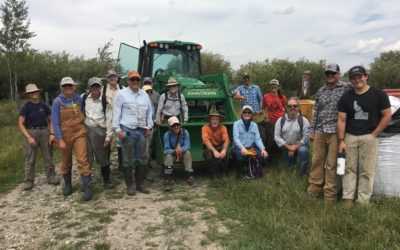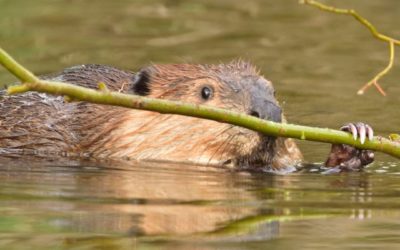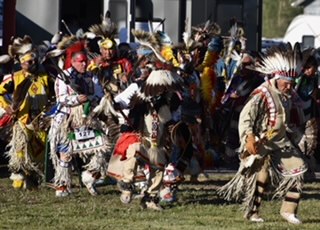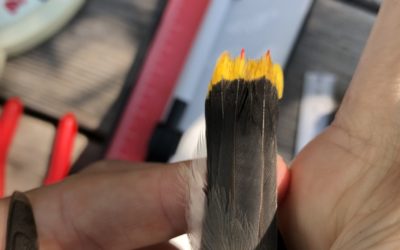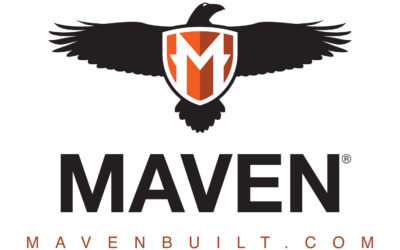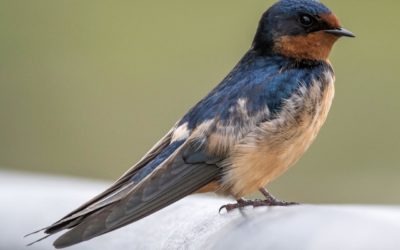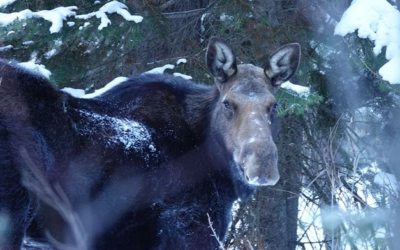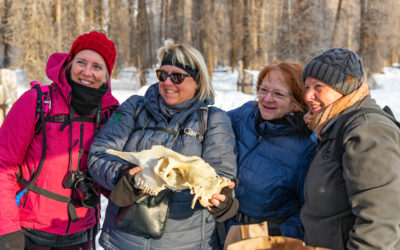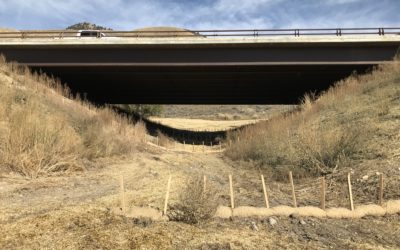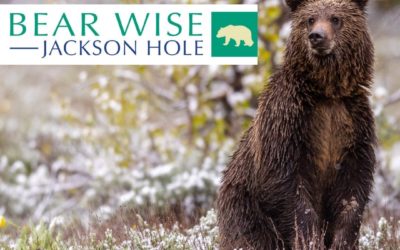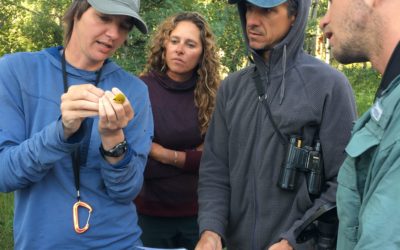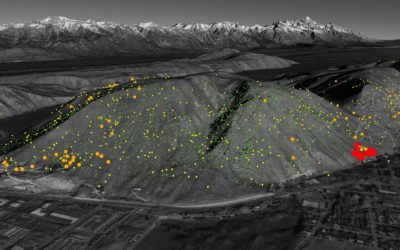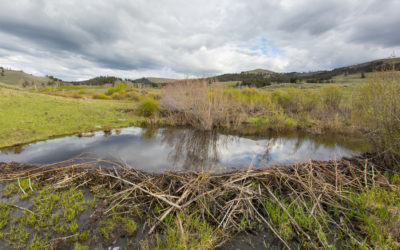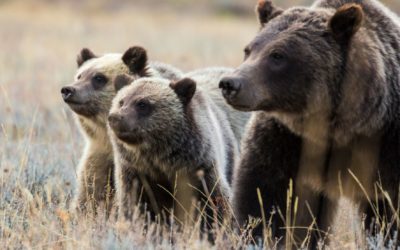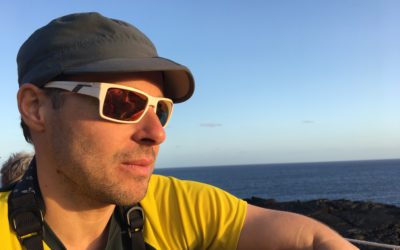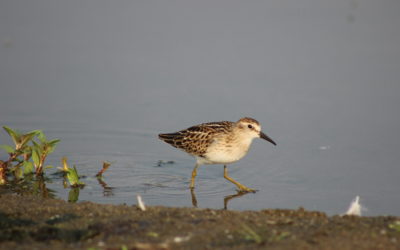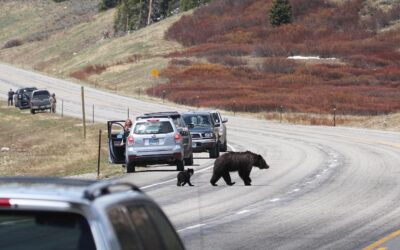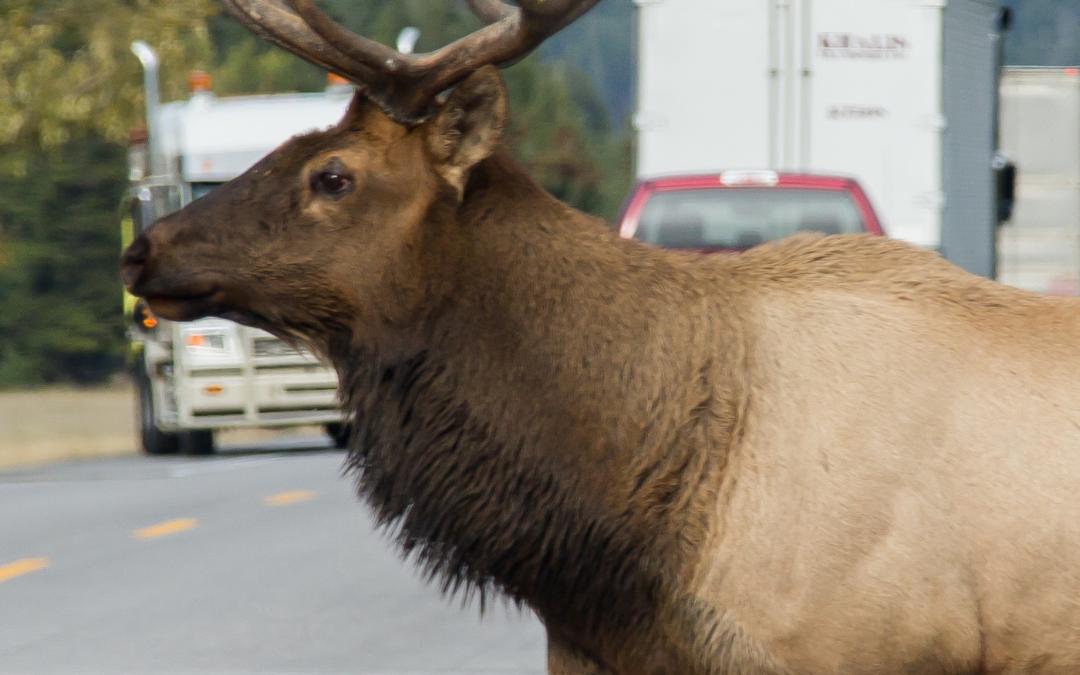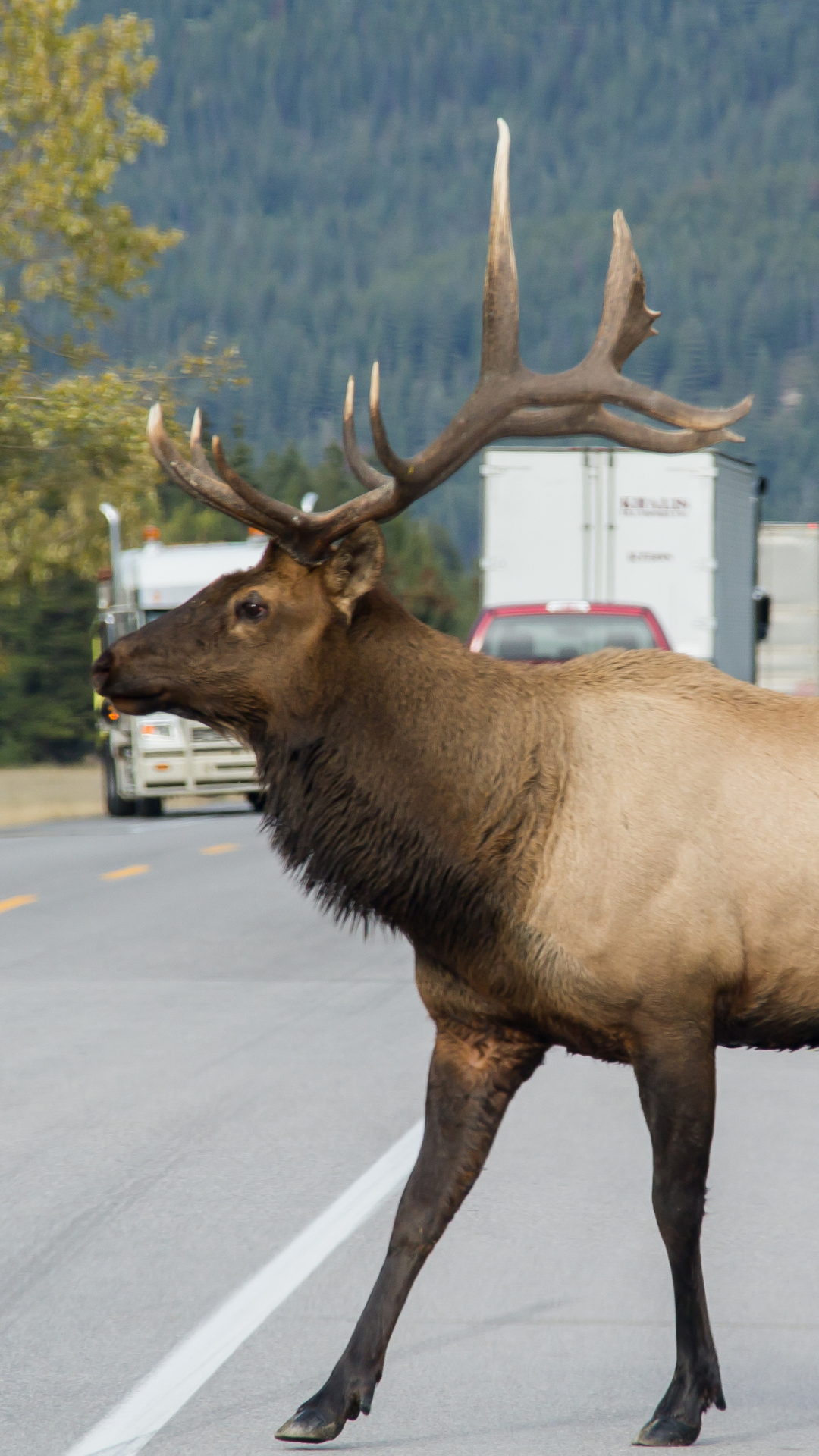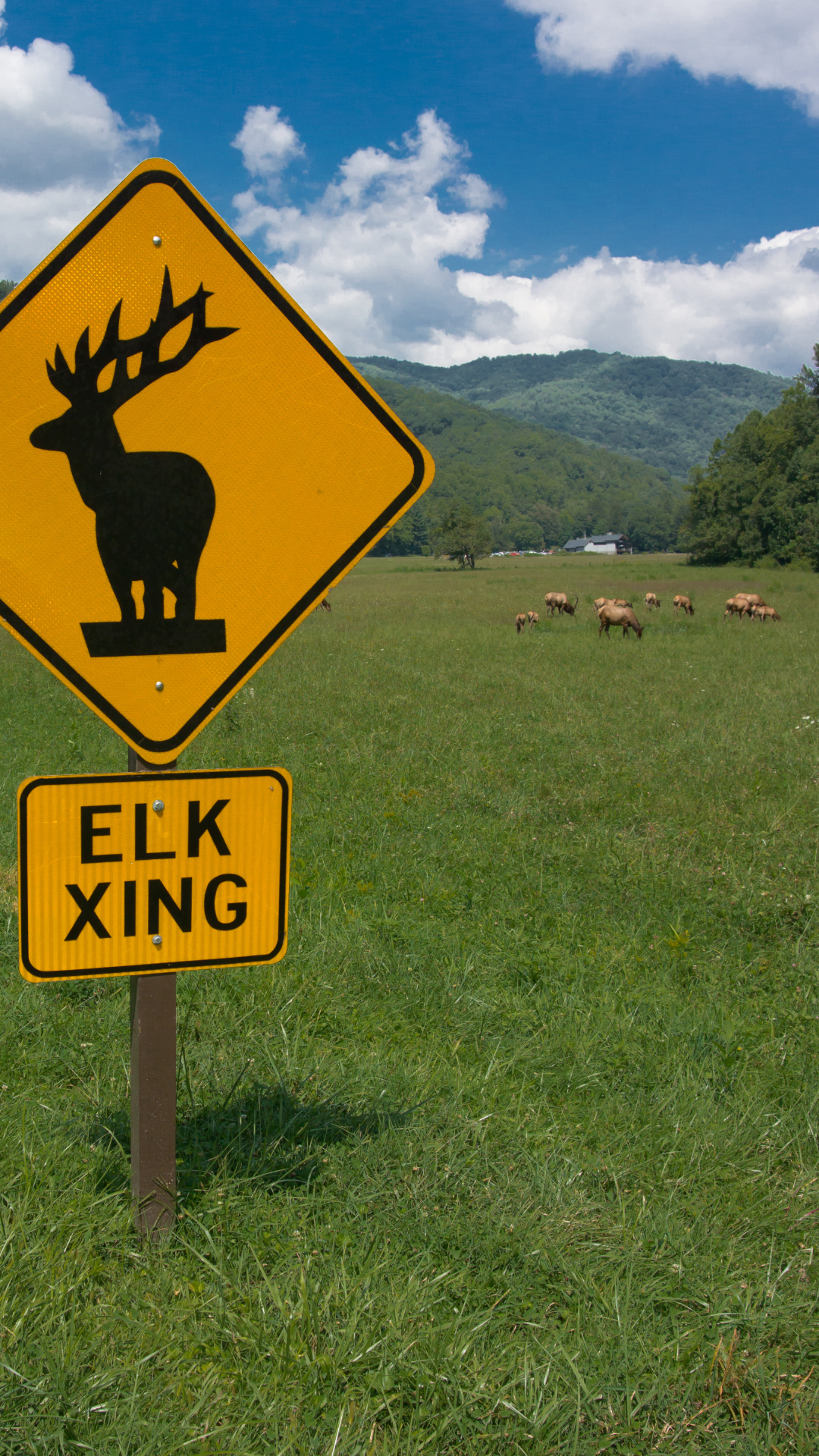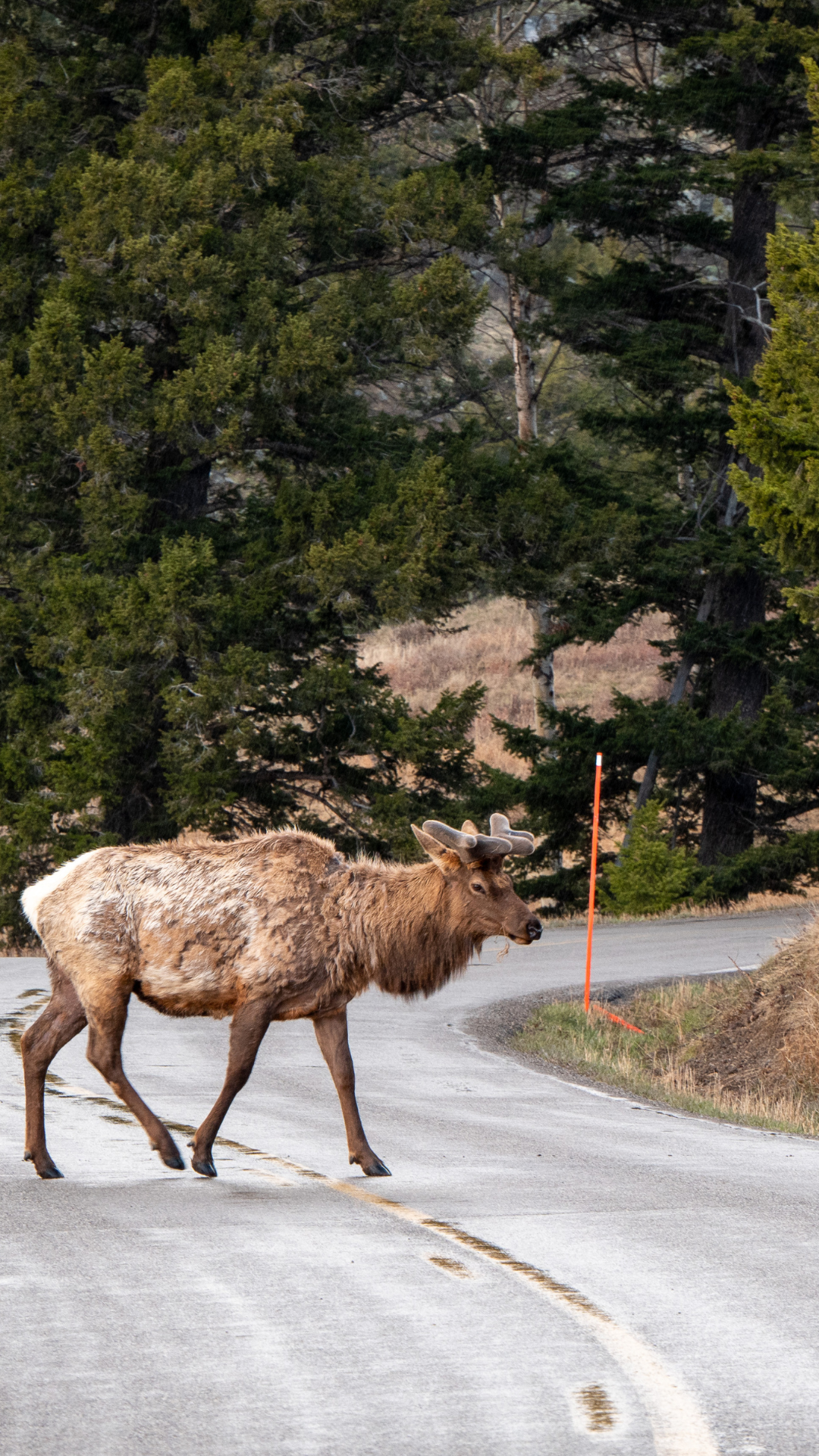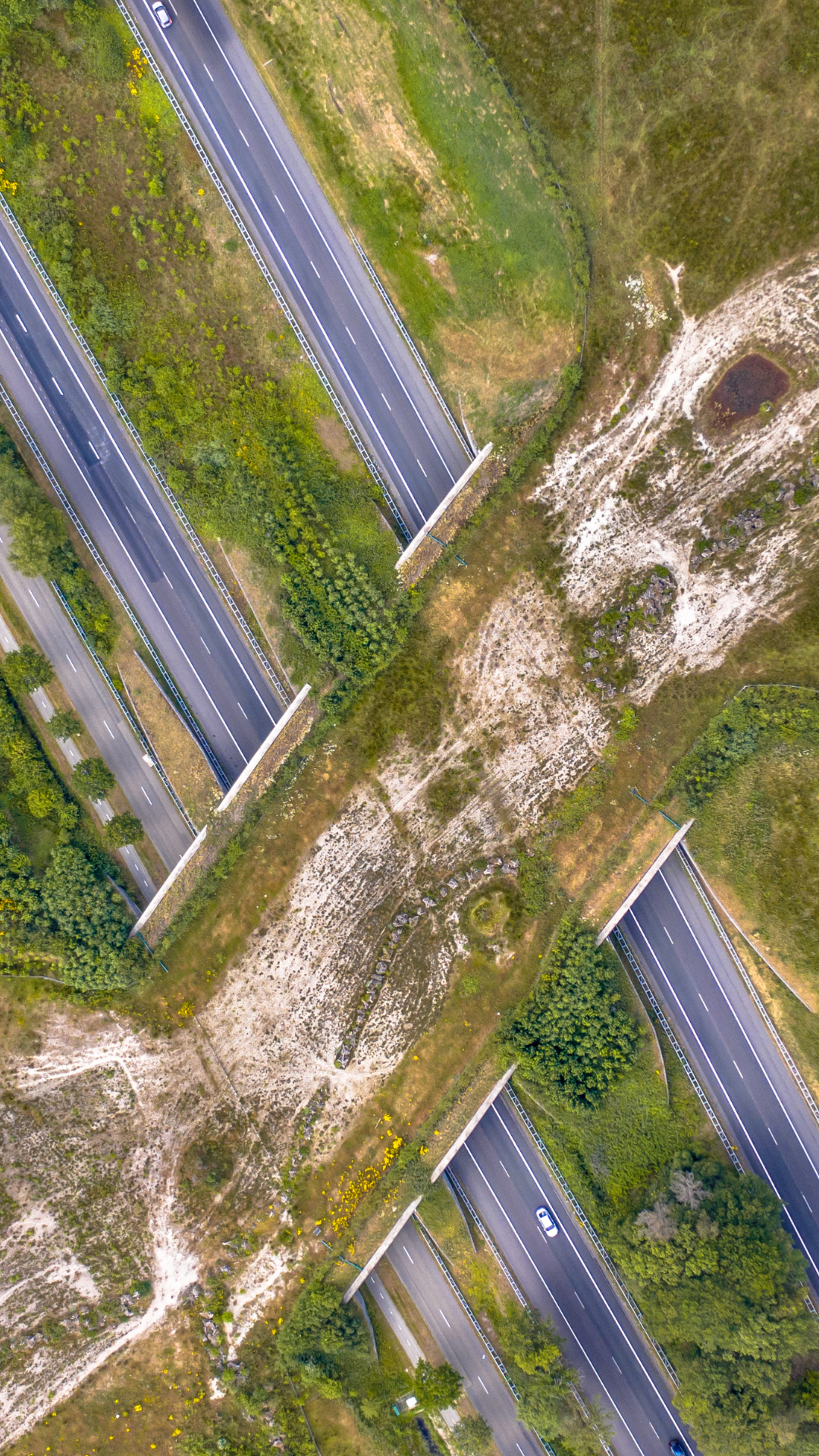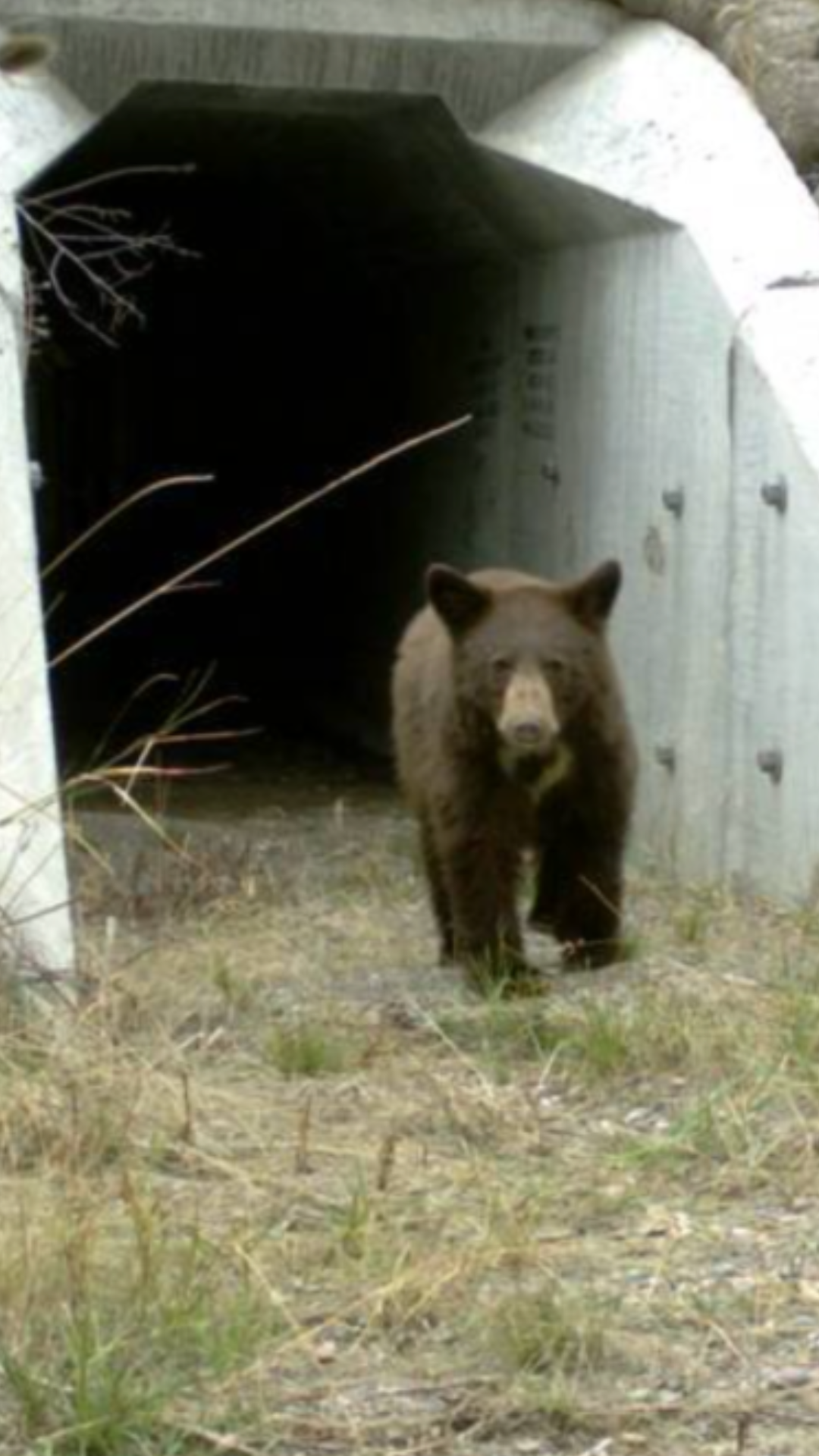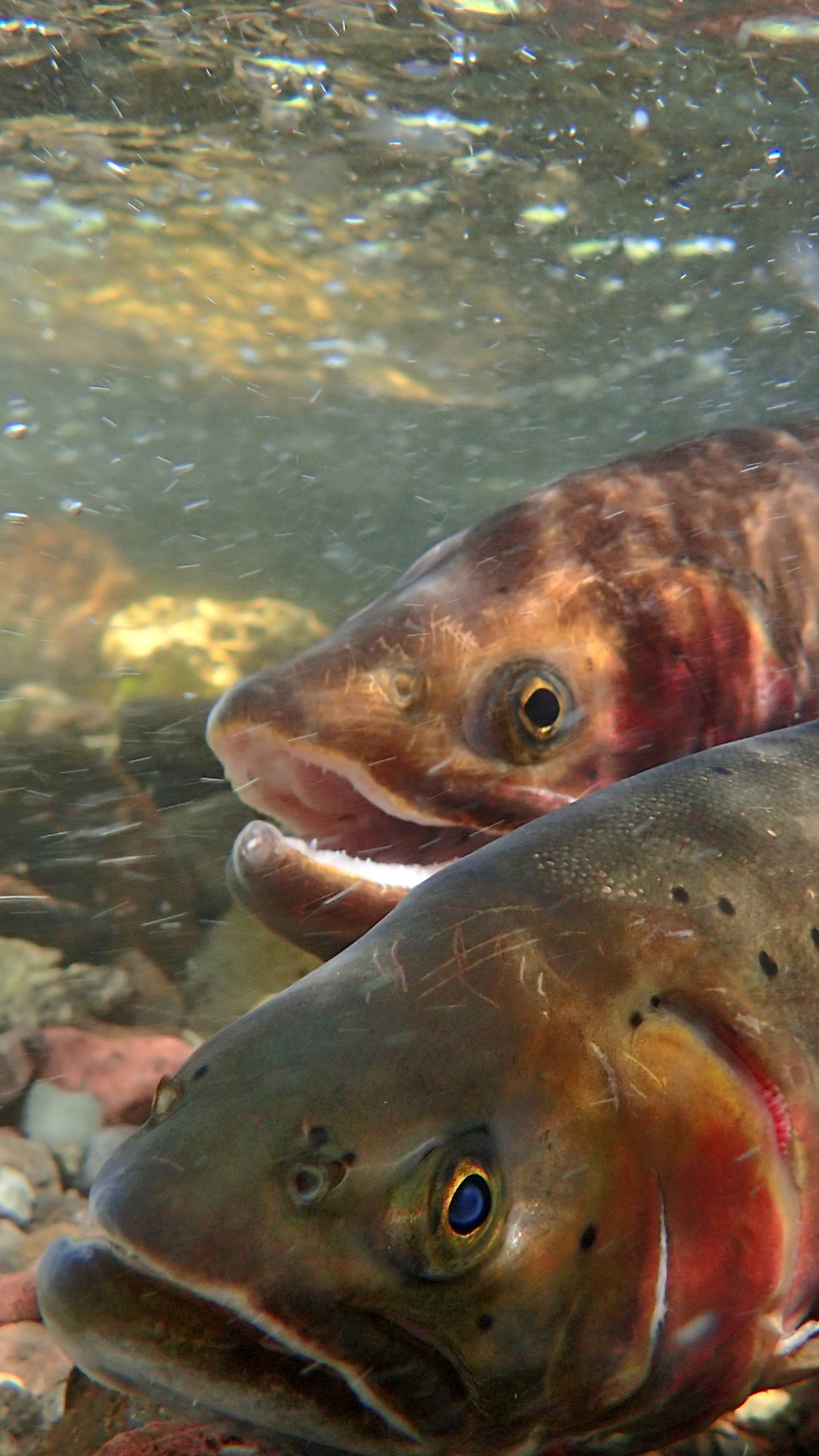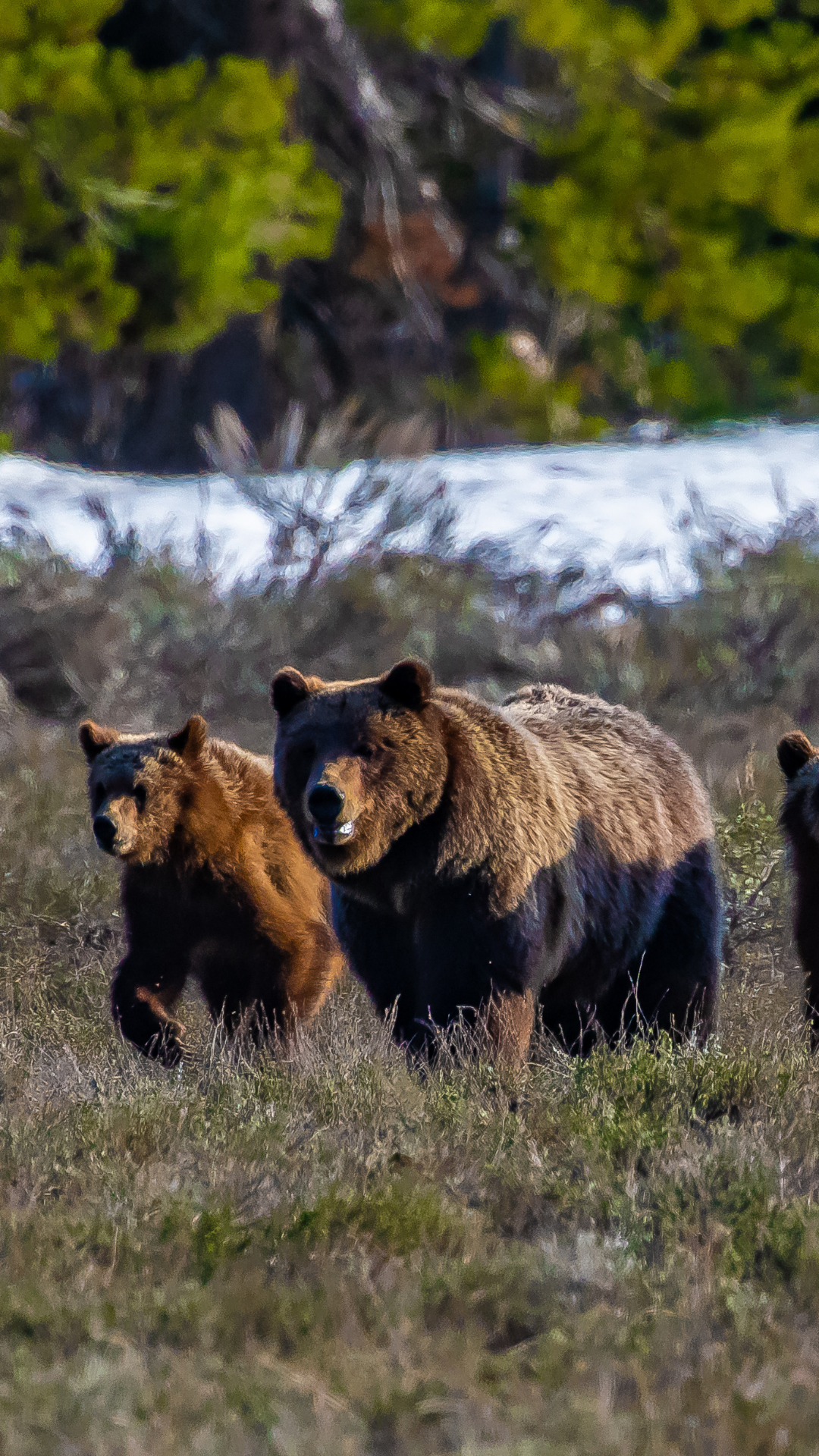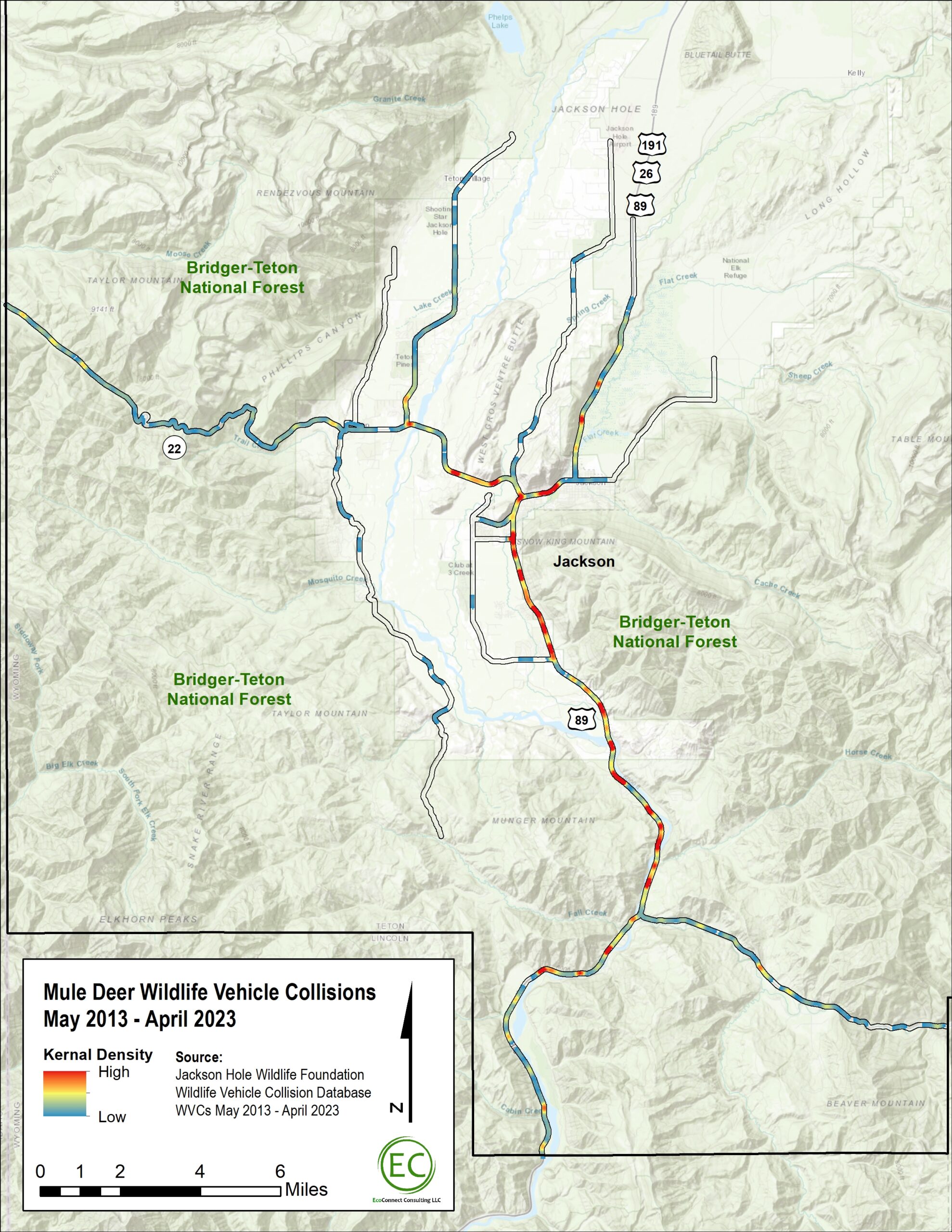By the JHWF Staff As wildlife conservation professionals, we remind ourselves to celebrate the successes. Sometimes we get so wrapped into understanding and mitigating the challenges facing wildlife that we feel frustrated. In these moments, it is sometimes in our...

Help Wildlife in the Winter Months
Limiting our footprint in critical areas remains one of the most useful tools we have to ensure wildlife is given every chance possible to make it through until a wider variety of habitat becomes available in the spring.
Winter is a critical test of survival for ungulates like deer, elk, and moose. Surviving winter is a delicate balancing act relying on limited stored fat, a low-nutrient diet, and preserving energy. Fat reserves, accumulated during summer, are their primary source of fuel and insulation. Once these reserves are depleted, the animal’s body begins to burn essential protein and muscle, severely compromising its health and survival.
As snow deepens, these animals move where food is more accessible, they are more sheltered from the elements, and they can conserve energy (their historical winter range). This also brings them closer to humans.
Human-related disturbance stresses animals and increases winter mortality risk. Our presence and actions during this time can unintentionally force wildlife to expend precious stored energy, directly affecting their fat stores and their ability to survive the winter and spring. Limiting our human impact is one of the most useful tools we have to ensure their survival.
Conservations Actions You Can Take
1
Respect Winter Wildlife Closures & Dog Leash Zones
2
Turn Off Pond Aerators
3
Open Livestock Gates and Lower Fences
Winter Wildlife Closures
During the summer, deer must obtain sufficient energy, protein, and nutrients to build up their body condition in order to survive the winter. They accumulate and store body fat, which serves as both insulation and energy reserves for the long winter. These fat reserves can be upwards of 25% of their total body mass. Throughout the winter, their fat reserves are gradually burned and once depleted, their body is forced to burn protein and muscle, which is detrimental to their health and survival. Due to less food availability in the winter, ungulates are unable to replace fat reserves until the snow melts.
Severe winters are especially taxing, draining fat reserves and potentially leading to reduced reproductive success and increased mortality.

It is important that we respect all seasonal wildlife closures as these are areas that have been identified as critical habitat for ungulates in the winter, and therefore important that it remains undisturbed by humans.
Respect leash zones and keep your dog under control. A dog chasing a deer or other wildlife forces an unnecessary, sometimes fatal, energy expenditure. Even in areas where it is not required, leashing your dog may be the difference between life and death for a wintering ungulate.
Turn Off Pond Aerators
Turning off aerators allows the water to freeze solid, creating a safe winter landscape for wildlife.
Moose, elk, and other wildlife often walk onto frozen ponds. Aerators are used to keep water oxygenated, but in the winter the bubbles from the device can cause the ice to be thin and weak, which can result in wildlife breaking through the ice, becoming trapped in the cold water, and drowning because they cannot pull themselves back onto the slick ice surface.
If you own a private pond, remain in compliance with Teton County regulations and turn off all pond aerators by December 1st.
Open Livestock Gates and Lower Fences
As livestock are moved out of summer pastures, taking simple steps with your fences and gates is a crucial conservation action to ensure wildlife can access essential winter habitat without stress or injury. Every year, an adult deer dies for every 2.5 miles of fence. Young animals, who get stranded on the opposite side of the fence from their mothers, die at higher rates with a death for every 1.2 miles of fence. Mortality risk increases during the winter as animals are weakened by the lack of food and the increase in energy required to move through snow.
When fields and pastures are empty of livestock, property owners are urged to remove barriers that impede wildlife movement, especially before heavy snowfall makes fences difficult to see and navigate, and gates difficult to open.
- Leave Gates Open: When not in use, gates should be left open. This provides a clear, easy passage for deer, elk, moose, and their young to move through your property, reducing unnecessary energy expenditure and risk of injury.
- Drop Top Rails/Fences: If your property utilizes drop-down fences or has removable top rails, lower them if possible. Dropping top rails allows wildlife to move over fences with reduced risk of injury.
- Lower Fences Completely: Lowering fences entirely can make a huge difference, especially for young ungulates moving with their mothers, as they can’t always make it over fences with a dropped top rail.





